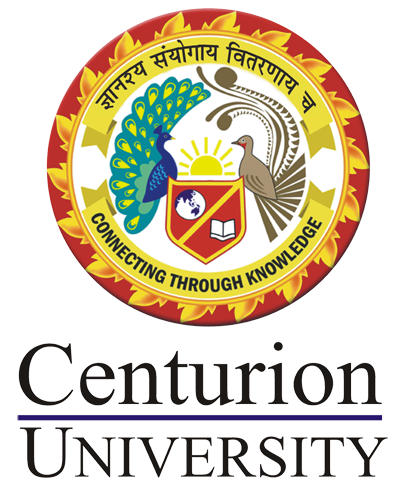Anatomy and Biology of Shellfish
Course Attendees
Still no participant
Course Reviews
Still no reviews
Course Name : Anatomy and Biology of Shellfish
Code(Credit) :FSRM 3104(1-1-0)
Course Objectives
To understand the internal and external anatomy of a shellfish in detail
To identify the different parts of a shellfish and describe the function of each part
To understand the internal organs and their functions
To study the life forms of shellfish with regard to their food and feeding habits, age and growth followed by reproduction.
Learning Outcomes
Have enhanced knowledge on anatomical features of a shellfish
Distinguish the external and internal anatomy of various shellfish
Understand the functions of important internal organs and their role in circulatory, respiratory, nervous, Skeletal, Excretory, Reproductive, sensory systems
Explore how growth is estimated from wild stocks
Course Syllabus
Theory
Study of external morphology and meristic characteristics of crustacea and mollusca.
Classification of crustacea and mollusca up to the level of species with examples of
commercially important species.
Practicals: Study of external morphology. Collection, preservation and identification of
commercially important prawns, shrimps, crabs, lobsters, bivalves, gastropods, cephalopods
from natural habitats. Field visits for collection and study of commercially important
shellfishes.
Reference Books
1.Text book of fish biology and Fisheries -S.S.Khanna and H.R.Singh
2.Physiology of Finfish and Shell fish -Kasturi Samantaray
Session Plan
Session 1
Study of the external and internal organization of commercially important crustaceans
-
General characters of Arthropoda
-
Internal and external organization of shrimp
-
Internal and external organization of lobster
-
Internal and external organization of crab
Session 2
Practical:
Dissection of a prawn to study different internal organs, their location, structure and function.
Session 3
Study of external and internal organization of commercially important Molluscs
-
General characters of Mollusc
Practical:Dissection of a cephalopod to study different internal organs, their location, structure and function
Session 4
Practical:Dissection of a cephalopod to study different internal organs, their location, structure and function
Session 5
Digestive system of shellfish
-
Digestive system of commercially important crustaceans
-
Digestive system of commercially important molluscs
Session 6
Practical:
Dissection of a prawn or shrimp to study the digestive system
Session 7
Respiratory system of shellfish
-
Respiratory system of commercially important crustaceans
-
Respiratory system of commercially important crustaceans molluscs
Session 8
Circulatory system of shellfish
-
Circulatory system of commercially important crustaceans
-
Circulatory system of commercially important molluscs
Session 9
Nervous system of shellfish
-
Nervous system of commercially important crustaceans
-
Nervous system of commercially important molluscs
Session 10
Practical:
Dissection of a prawn or shrimp to study the nervous system
Session 11
Reproductive systems of shellfish
-
Reproductive systems of commercially important crustaceans
-
Reproductive systems of commercially important molluscs
Session 12
Food and feeding habits, growth, moulting, length – weight relationship.
-
Food and feeding habits
-
length – weight relationship
-
growth
-
moulting
Session 13
Practical:
Study of food and feeding habits of a bony fish by gut content analysis method
Session 14
Reproductive biology and larval stages.
Reproductive biology of commercially important crustaceans
Reproductive biology of commercially important molluscs
Larval stages of commercially important crustaceans
Larval stages of commercially important molluscs
Session 15
Age and growth determination by direct and indirect methods
Case Studies
Case Studies
Our Main Teachers
Assistant Professor, PhD School of Fisheries Centurion University of Technology and Management (CUTM) Paralakhemundi- 761211 Odisha, INDIA Mobile: +91 6238 514615 Email: amrutha.gopan@cutm.ac.in ACADEMIC QUALIFICATIONS Ph.D. in Fish Nutrition and Feed Technology(2020) from Central Institute of Fisheries Education(CIFE-ICAR), Mumbai M.F.Sc.(Master of Fisheries Science) in Fish Nutrition and Feed Technology (2015) from Central Institute […]


Recent Comments